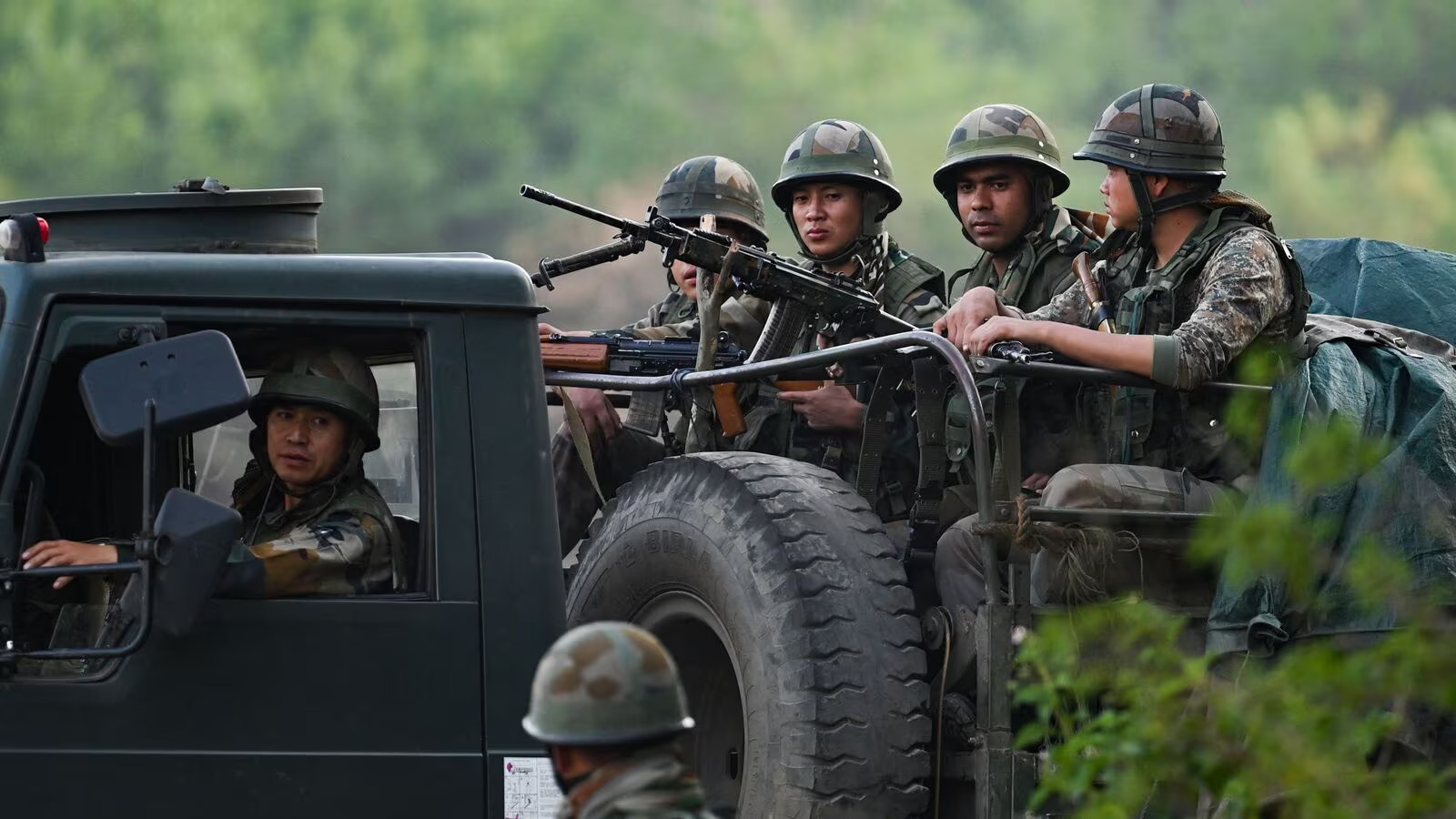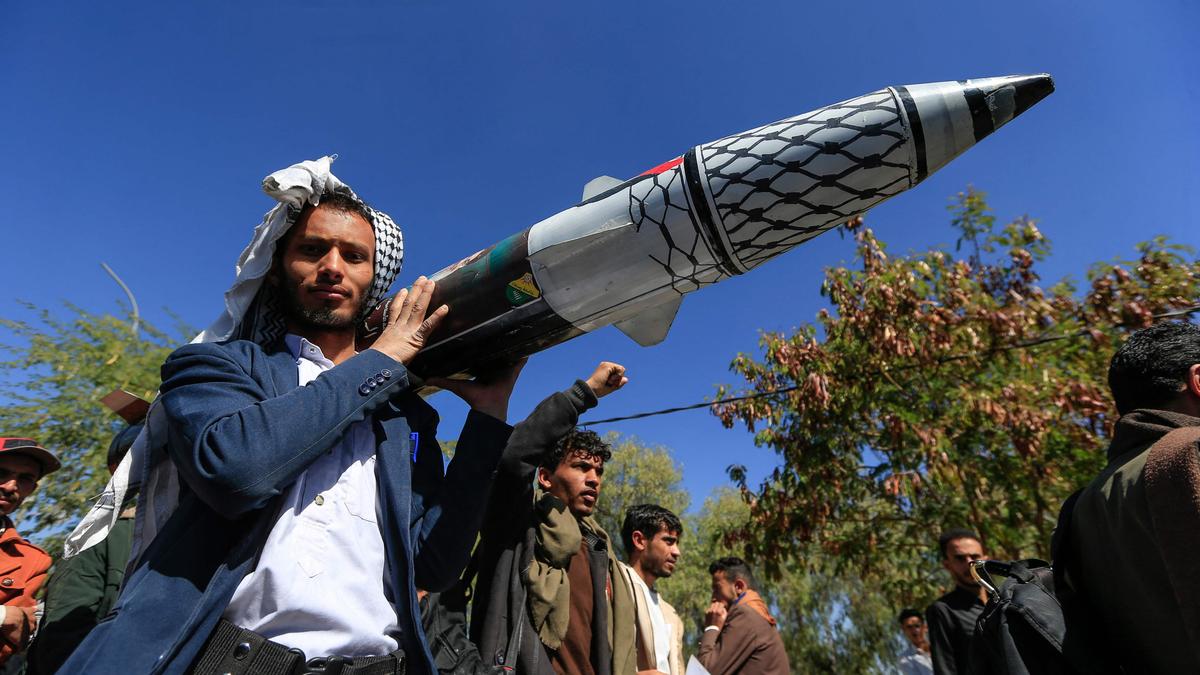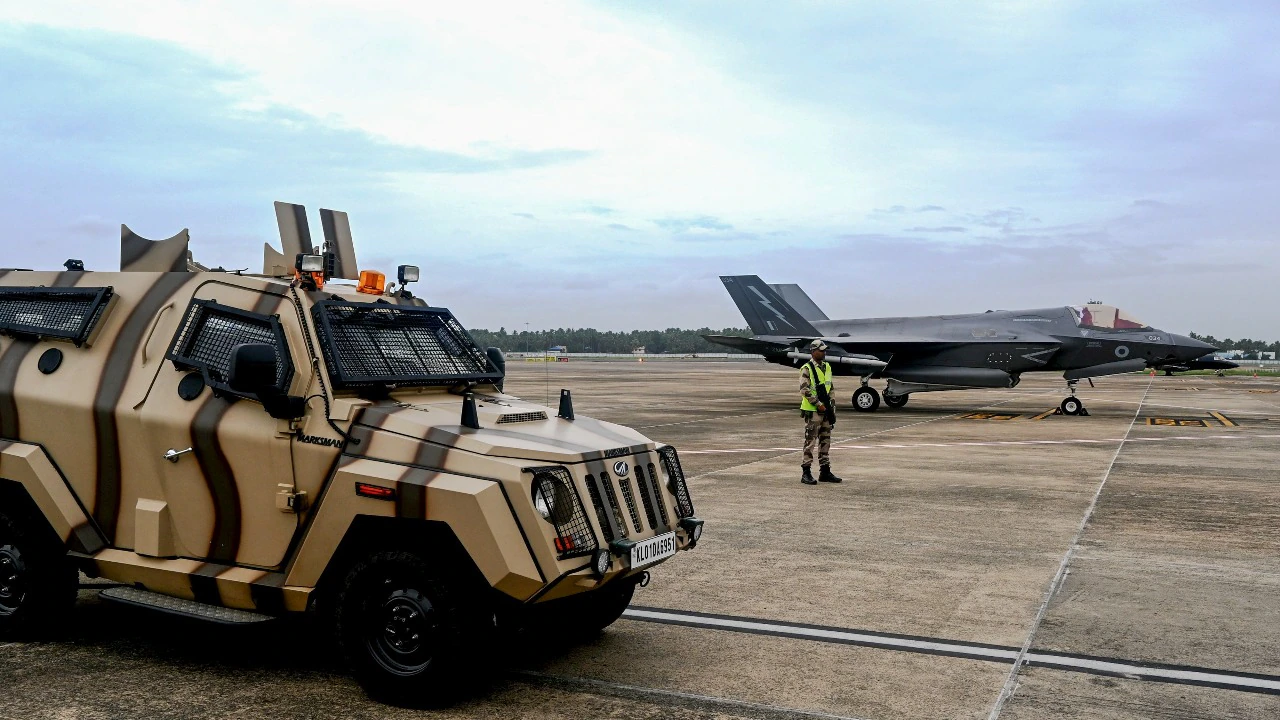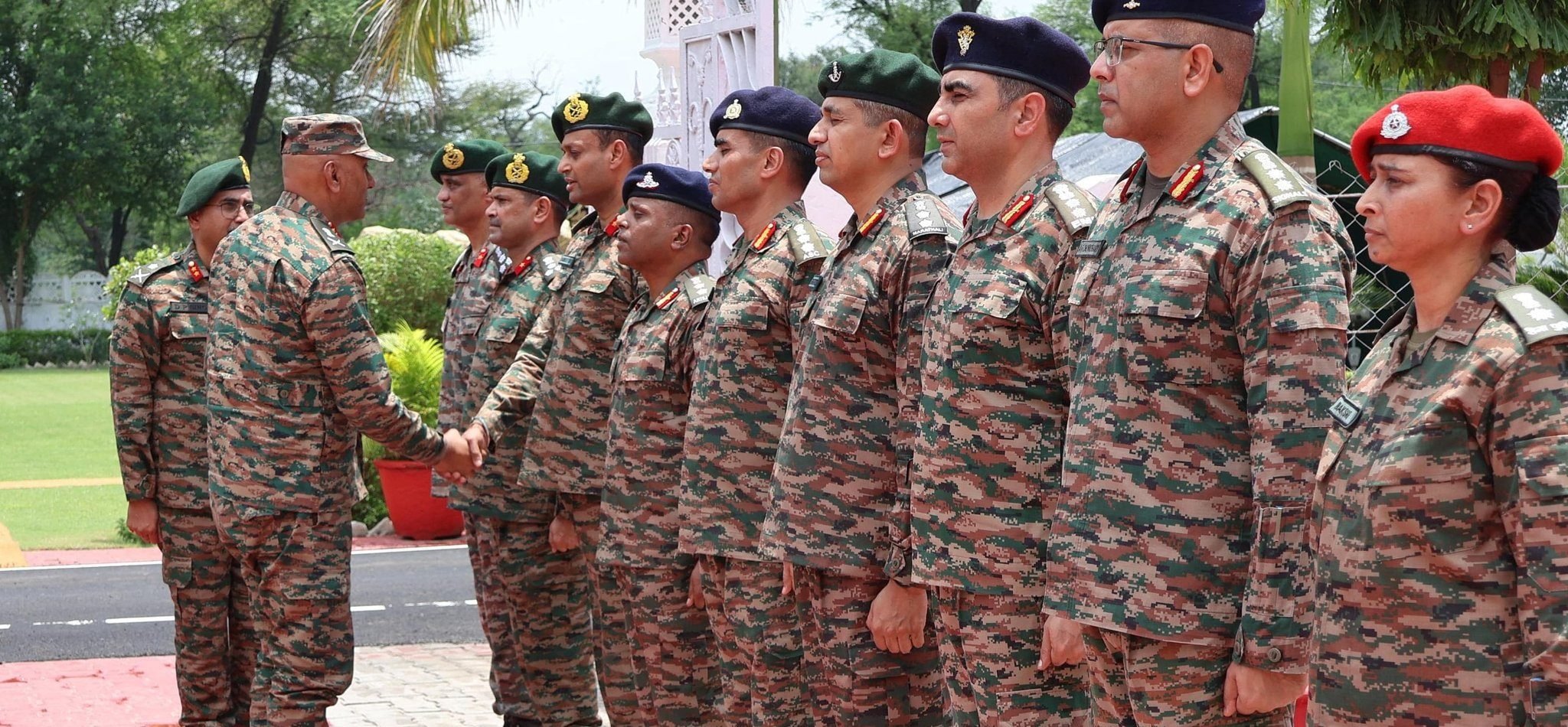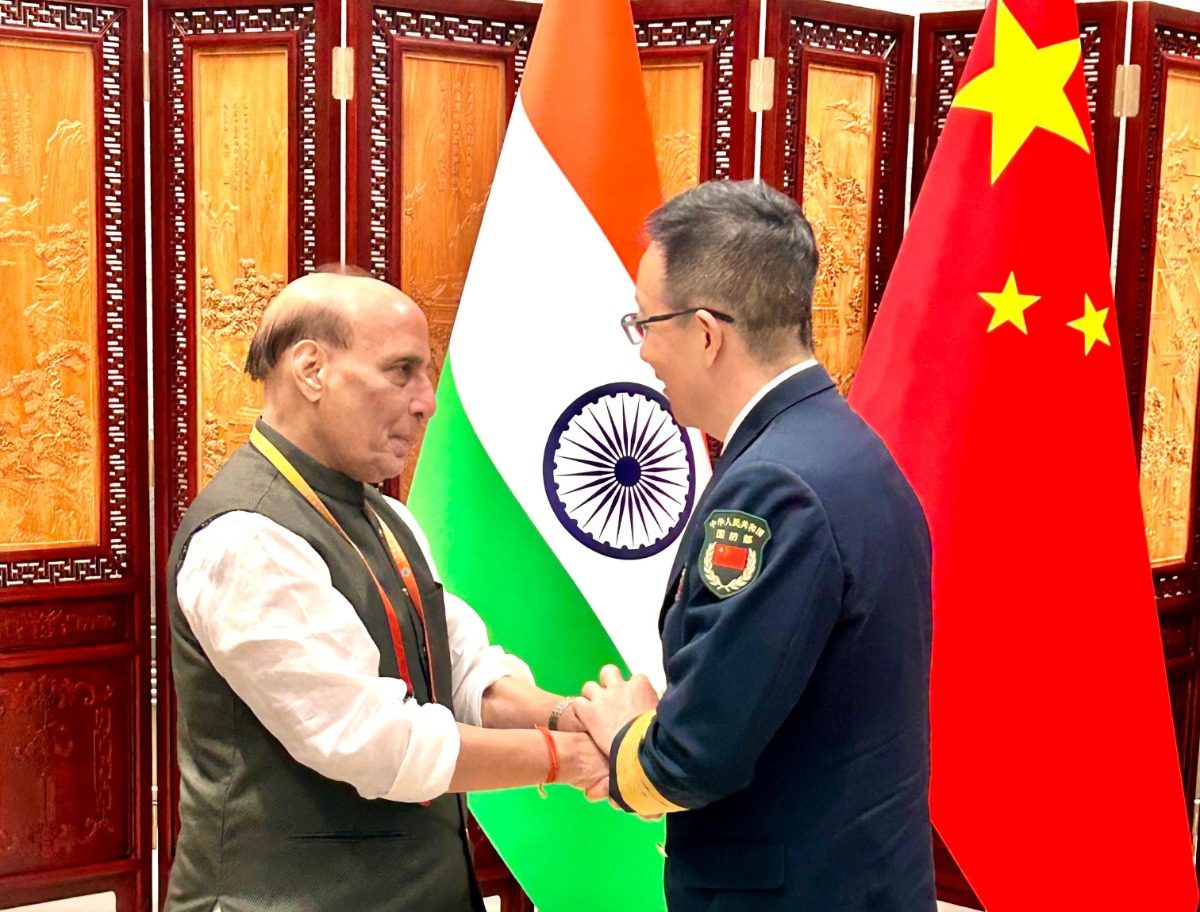ZSI to Partner with Indian Army to Study Edible Wildlife in Northeast Himalayas
The Zoological Survey of India (ZSI) is set to mark its 110th Foundation Day on June 30 with a landmark…
Missile From Yemen Intercepted by Israeli Army Amid Rising Red Sea Tensions
The Israeli Defense Forces (IDF) reported the detection of a missile launched from Yemen aimed at southern Israel early Saturday…
UK Accepts Offer To Move Stranded F-35B To Maintenance Facility At Thiruvananthapuram Airport
The British Royal Navy’s F-35B Lightning II stealth fighter jet, which made an emergency landing at Thiruvananthapuram International Airport on…
Himachal’s ITBP Jawan Martyred in Uttarakhand Due to Brain Stroke
A pall of grief has descended over Jol village in Himachal Pradesh’s Jawali constituency after 35-year-old ITBP jawan Ankaj Kumar,…
Lt Gen Pratik Sharma Reviews Strategic Strikers Formation in Udhampur
The Indian Army’s Northern Command, Commander-in-Chief Lieutenant General Pratik Sharma, showcased heightened operational readiness during a comprehensive review of the…
India, China Hold High-Level Border Talks at SCO Meet in Qingdao
In a significant step toward easing long-standing border tensions, Indian Defence Minister Rajnath Singh held a bilateral meeting with Chinese…

